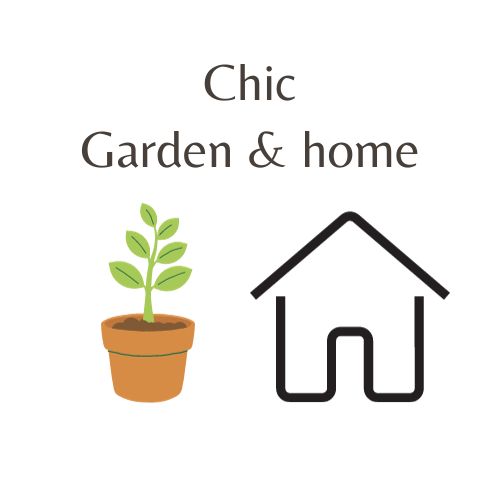Vertical gardening is a gardening trend that has been steadily gaining popularity in recent years. This innovative approach to gardening offers a unique solution for individuals with limited space and a desire to bring the beauty of plants into their living environments. In this article, we’ll explore the concept of vertical gardening, its benefits, and how to create your own stunning vertical garden.
Understanding Vertical Gardening
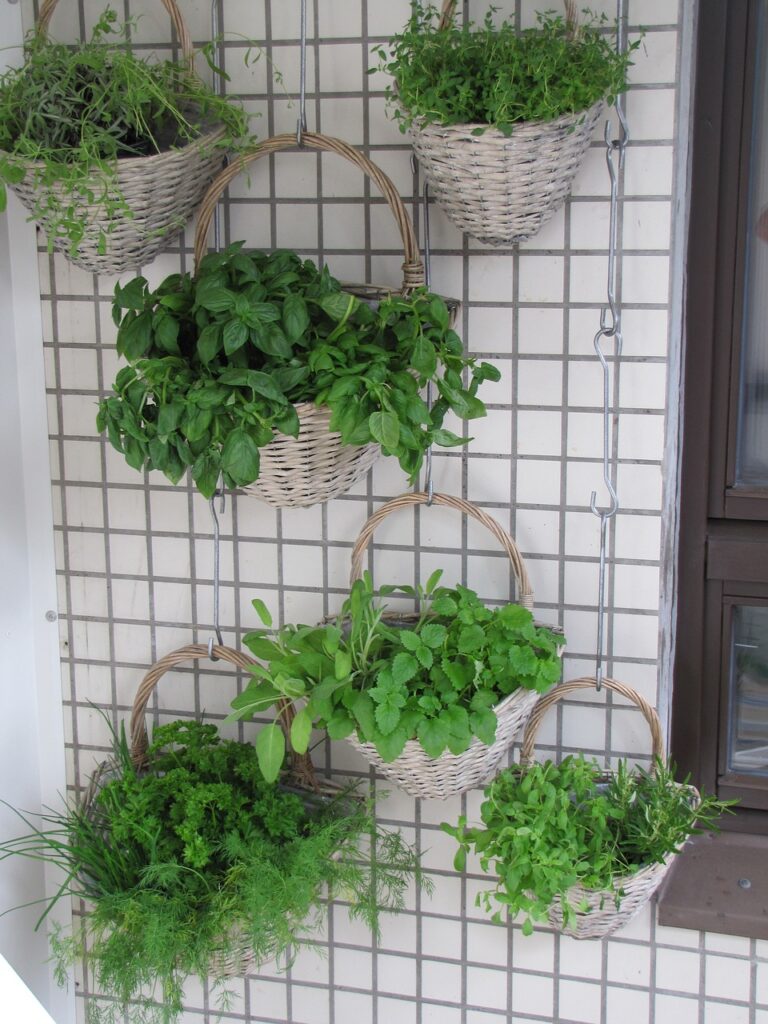
Vertical gardening is the practice of growing plants vertically, either on walls, fences, or specially designed structures. This technique maximizes the use of vertical space, making it ideal for small gardens, balconies, patios, and even interior spaces. It allows you to create lush greenery, grow herbs, flowers, or even small vegetables in a compact and visually striking way.
Benefits of Vertical Gardening
Space Efficiency

Vertical gardening is an excellent solution for individuals with limited outdoor or indoor space. It allows you to make the most of your available square footage by utilizing vertical surfaces.
Aesthetic Appeal
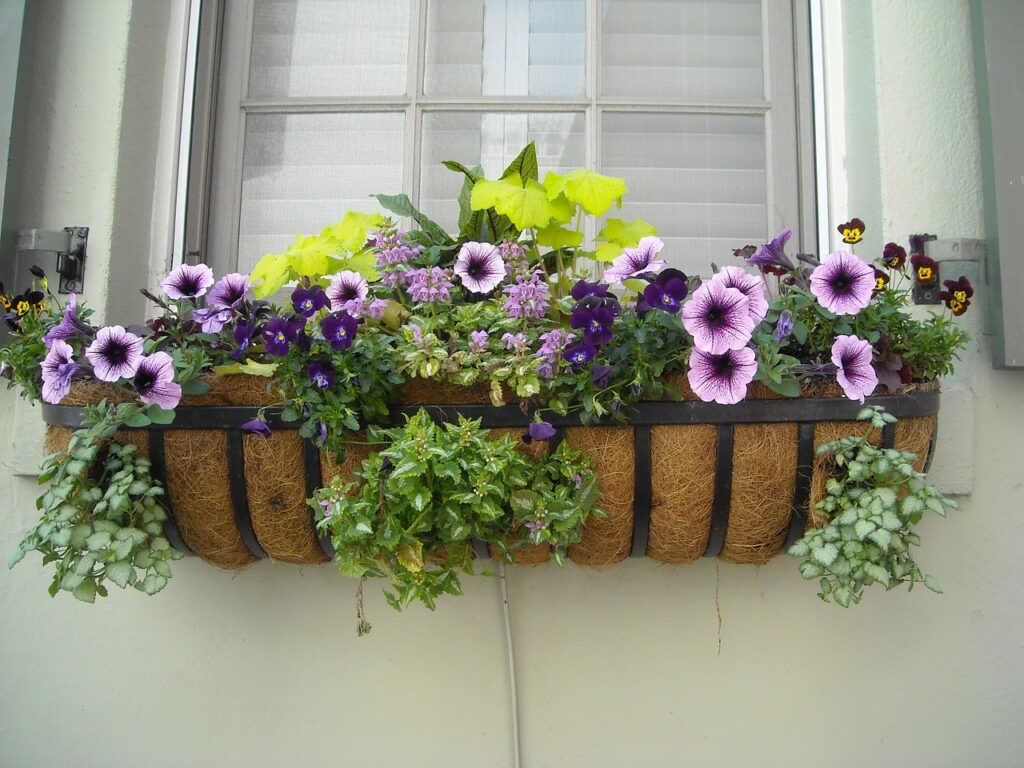
Vertical gardens are visually appealing and can transform dull or unattractive walls into vibrant and living works of art. They add color, texture, and interest to any space.
Improved Air Quality

Plants in vertical gardens help purify the air by absorbing carbon dioxide and releasing oxygen. This can lead to improved air quality and a healthier living environment.
Reduced Energy Costs
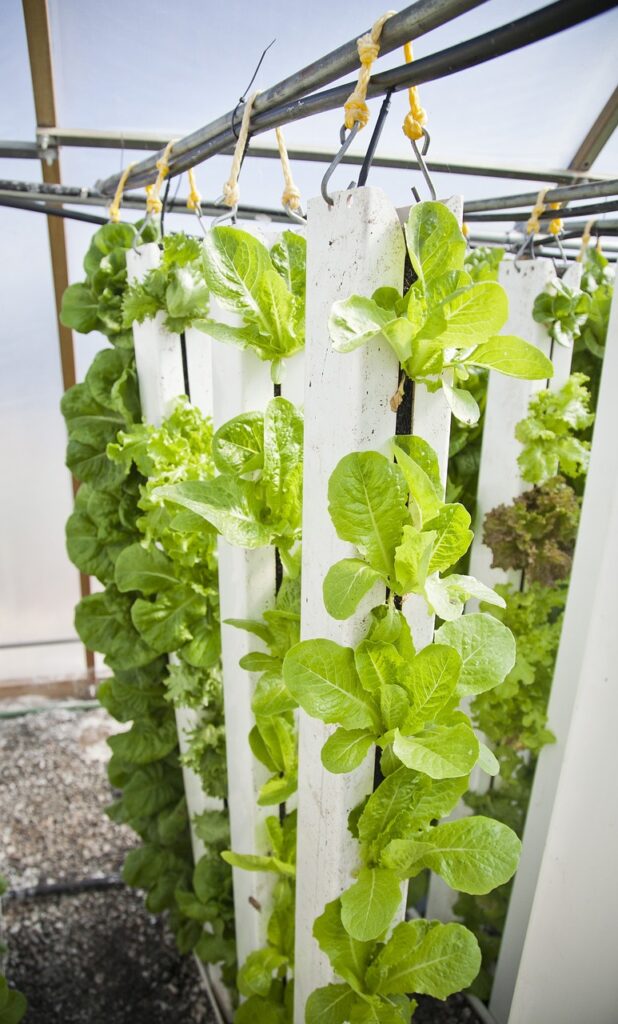
In outdoor spaces, vertical gardens can provide natural insulation and shade, which can help regulate temperature and reduce energy costs.
Easy Maintenance
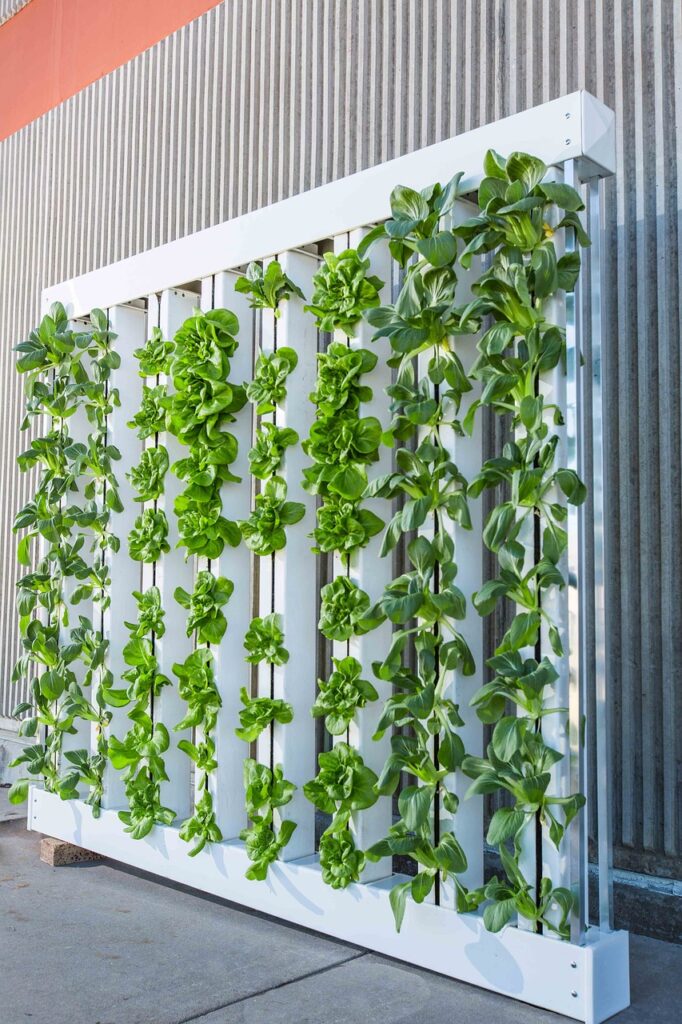
Many vertical gardens are designed with built-in irrigation systems, making maintenance more manageable, especially for those with busy lifestyles.
Creating Your Own Vertical Garden Tips
Choose the Right Location:
Assess your available space and consider factors such as light, wind, and accessibility. South-facing walls often receive ample sunlight, making them suitable for a variety of plants.
Select Suitable Plants:
Choose plants that are well-suited for vertical gardening. Herbs, succulents, ferns, and small ornamental plants are popular choices. Ensure that the plants have similar water and light requirements.
Containers and Planters:
There are numerous options for containers and planters designed for vertical gardening. Pocket planters, trellises, and modular systems are commonly used. Make sure they provide proper drainage to prevent waterlogged roots.
Soil and Potting Mix:
Use a lightweight potting mix or soilless medium to avoid adding excessive weight to your vertical structure. This type of soil retains moisture while still allowing for good drainage.
Planting and Watering:
Carefully plant your chosen plants in the containers, and water them thoroughly. Monitor the moisture level regularly, as vertical gardens may require more frequent watering than traditional gardens.
Maintenance:
Prune and trim your plants as needed to maintain the desired shape and prevent overgrowth. Fertilize your plants according to their specific requirements.
Irrigation Systems:
Consider installing an irrigation system to ensure consistent and efficient watering. Drip systems and self-watering containers can be valuable additions.
Artistic Design:
Get creative with your vertical garden. Experiment with plant combinations, patterns, and arrangements to achieve a unique and appealing design.
Vertical gardening offers a practical and aesthetically pleasing solution for those looking to bring nature into limited spaces. Whether you have a small balcony, a blank wall, or an indoor room, vertical gardens provide an opportunity to create lush, green environments that enhance your living spaces and connect you with nature. Embrace this gardening trend, and enjoy the beauty and benefits of vertical gardening in your own home.
